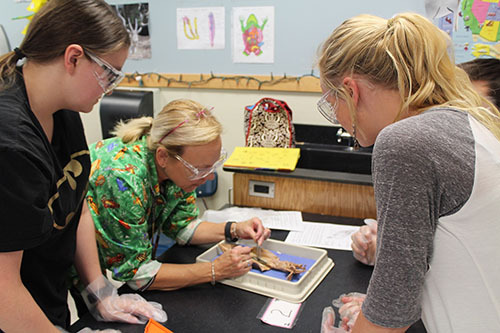
Launched today, the OECD’s new report, School Leadership for Learning: Insights from Teaching and Learning International Survey (TALIS) 2013, specifically looks at different approaches to school leadership and its impact on professional learning communities and on the learning environment in schools. The findings are representative of 5 million teachers in 34 countries.
The ingredients that make up an excellent learning environment often vary from school to school, country to country, and culture to culture. But what every great school has in common is great leadership. So what does it mean to be a great principal? Should principals be dictators of their schools? Should they lead by example? Should they be visionaries or merely implementers of a policy they have no part in shaping?
Instructional leadership (practices that involve the planning, evaluation and improvement of teaching and learning) and distributed leadership (a reflection of leadership being shown by the principal, but also of others acting as leaders in school) are seen as conducive to student learning. The new OECD study outlines four specific types of principals, namely “Integrated,” “Inclusive,” “Educational,” and “Administrative”. It examines how these leadership types relate to the establishment of professional learning communities and can enhance student learning.
The Global Search for Education welcomes Montserrat Gomendio, the Deputy Director for Education at the OECD. In the interview that follows, Montserrat discusses the TALIS findings and what we learn about different leadership strategies from schools around the world.
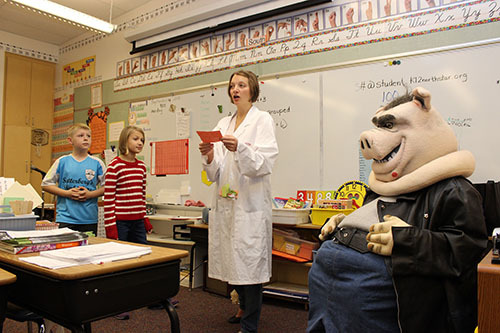
What surprised you most about these findings?
One of the most encouraging results is to what extent the role of principals is evolving to support teachers through new types of leadership styles. For example, almost 8 out of 10 principals declare that they frequently take action to ensure teachers feel responsible for their students’ learning outcomes. This proportion is even higher for the United States where 9 out of 10 principals declare to engage in these types of actions. Furthermore, almost 10 out of 10 principals state that their school provides staff with opportunities to engage in school decisions.
What these data are telling us is that principals are developing styles of leadership that move away from the traditional administrative role. This new style, that we call “leadership for learning”, supports instructional quality at the same time that it takes actions to involve other stakeholders in school decisions.
Clearly, certain leadership strategies create great value in schools. What are some ideas you can propose for identifying leadership gaps in schools? How can such a review approach be effectively implemented?
The role of principals varies greatly across countries. This is to some extent the consequence of legal frameworks which define what responsibilities principals have. While in certain countries some of the main decisions made by principals are the selection of teachers and the management of the budget, in others countries, principals have no role in these issues.
On the other hand, in order to develop the knowledge and skills necessary for the 21st century, the role of principals needs to adapt to the teaching and student communities that they serve. Thus, principals may support professional learning communities when teachers are capable of exchanging good practices and learning from each other, or support innovation among teachers with enough training and experience.
Principals also need to be sensitive to the needs of their students which have a major effect on the extent to which teachers collaborate, the disciplinary climate and the type of student-teacher relationship.
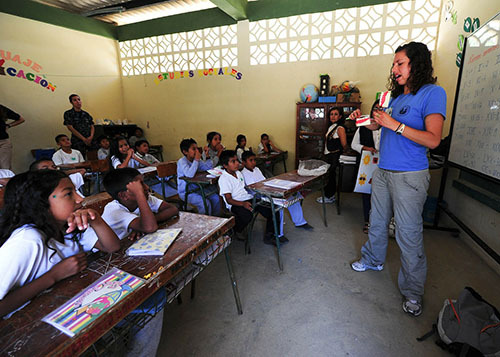
Have you seen examples of school districts or other school governing bodies that have in your view implemented an effective review mechanism and programs to address leadership gaps?
The most important issue is to define clearly what is expected from principals, which surprisingly, is an issue under heated debate. Should principals be leaders with a vision who distribute responsibilities among other actors? Should they participate in a collective decision-making process and concentrate on the administrative procedures needed to achieve the goals? Or should they have few opportunities to make decisions and focus on their implementation of the decisions made by other bodies?
What sort of decisions should principals make: selection of teachers, budget, curriculum, pedagogical practices? The answer to these questions differs enormously between countries. More worryingly, they are often ill-defined and this creates a tension between what principals think they ought to do and what others expect from them.
Once the role of the principal is clearly defined, then principals should get the training needed to be able to develop such role successfully and the resources required to fulfill their role.
In your study, what countries generally have shown the best leadership practices in their schools?
One of the findings of the study was that the best approach for fostering school quality was achieving a balance between actions seeking to improve the quality of the instruction and actions aiming at incorporating stakeholders in school decisions. We called principals who were able to achieve this balance, “integrated leaders”. In systems like Shanghai, China and Korea, almost 9 of 10 of their principals were classified as integrated leaders.
As you mention, leadership strategies may be constrained by the specific contexts of schools; for instance, their degree of poverty, the quality of teachers, and the attitudes of parents. How do you see the options for a holistic approach to raising learning outcomes in more challenging school contexts?
We think the holistic approach is the only option to improving school quality. A principal working in a school with a considerable proportion of students from low socio-economic backgrounds faces a series of challenges that can undermine the effectiveness of his actions. A similar thing can be said about principals working in rural areas, where we have seen that schools have less qualified and less experienced teachers than schools in urban areas. In both cases, allowing principals to obtain the resources needed to face the difficulties is crucial, and in this context a team of high quality teachers committed to helping these children overcome their constraints is the key.
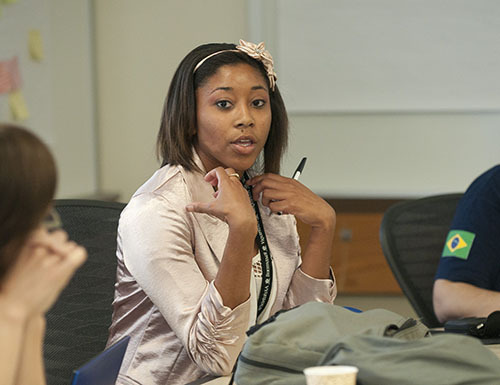
How do you see opportunities for developing integrated leadership capabilities in higher education training for educators? Have you seen any university programs around the world that could serve as role models for this challenge?
As we mentioned previously, training and professional development are crucial aspects for fostering good leadership practices. As such, higher education institutions can play a pivotal role in providing quality programmes that facilitate the acquisition of these practices. In this scenario, the governmental institutions are the responsible parties in developing and implementing a framework establishing the goals, role and functions of the principals, while higher education institutions will provide evidence based training that can meet the governmental goals.
How would you rank the importance of school leadership among the key areas that require improvement to achieve the essential 21st century competencies for students?
School leadership and teacher quality are the two key factors that determine the quality of learning environments and the performance of children. Education systems face the huge challenge of adapting to a changing landscape in which the rapid pace of knowledge generation and technological change demand that students acquire more and new skills. The acquisition of knowledge is no longer restricted to an established body of knowledge. It requires learning throughout life, integrating many sources of information and becoming a critical thinker. New sets of skills such as team work, innovation and creativity are becoming increasingly important. The leaders of this major transformation can only be the principals and the teachers themselves, but principals need to be able to show the way in this uncertain world. Thus, their responsibility is greater than ever.
READ the Full Report here.
(Pictures are courtesy of CMRubinWorld and the OECD)
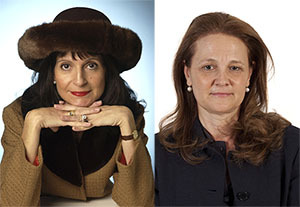
Join me and globally renowned thought leaders including Sir Michael Barber (UK), Dr. Michael Block (U.S.), Dr. Leon Botstein (U.S.), Professor Clay Christensen (U.S.), Dr. Linda Darling-Hammond (U.S.), Dr. MadhavChavan (India), Professor Michael Fullan (Canada), Professor Howard Gardner (U.S.), Professor Andy Hargreaves (U.S.), Professor Yvonne Hellman (The Netherlands), Professor Kristin Helstad (Norway), Jean Hendrickson (U.S.), Professor Rose Hipkins (New Zealand), Professor Cornelia Hoogland (Canada), Honourable Jeff Johnson (Canada), Mme. Chantal Kaufmann (Belgium), Dr. EijaKauppinen (Finland), State Secretary TapioKosunen (Finland), Professor Dominique Lafontaine (Belgium), Professor Hugh Lauder (UK), Lord Ken Macdonald (UK), Professor Geoff Masters (Australia), Professor Barry McGaw (Australia), Shiv Nadar (India), Professor R. Natarajan (India), Dr. Pak Tee Ng (Singapore), Dr. Denise Pope (US), Sridhar Rajagopalan (India), Dr. Diane Ravitch (U.S.), Richard Wilson Riley (U.S.), Sir Ken Robinson (UK), Professor Pasi Sahlberg (Finland), Professor Manabu Sato (Japan), Andreas Schleicher (PISA, OECD), Dr. Anthony Seldon (UK), Dr. David Shaffer (U.S.), Dr. Kirsten Sivesind (Norway), Chancellor Stephen Spahn (U.S.), Yves Theze (LyceeFrancais U.S.), Professor Charles Ungerleider (Canada), Professor Tony Wagner (U.S.), Sir David Watson (UK), Professor Dylan Wiliam (UK), Dr. Mark Wormald (UK), Professor Theo Wubbels (The Netherlands), Professor Michael Young (UK), and Professor Minxuan Zhang (China) as they explore the big picture education questions that all nations face today.
The Global Search for Education Community Page
C. M. Rubin is the author of two widely read online series for which she received a 2011 Upton Sinclair award, “The Global Search for Education” and “How Will We Read?” She is also the author of three bestselling books, including The Real Alice in Wonderland, is the publisher of CMRubinWorld, and is a Disruptor Foundation Fellow.
Follow C. M. Rubin on Twitter: www.twitter.com/@cmrubinworld


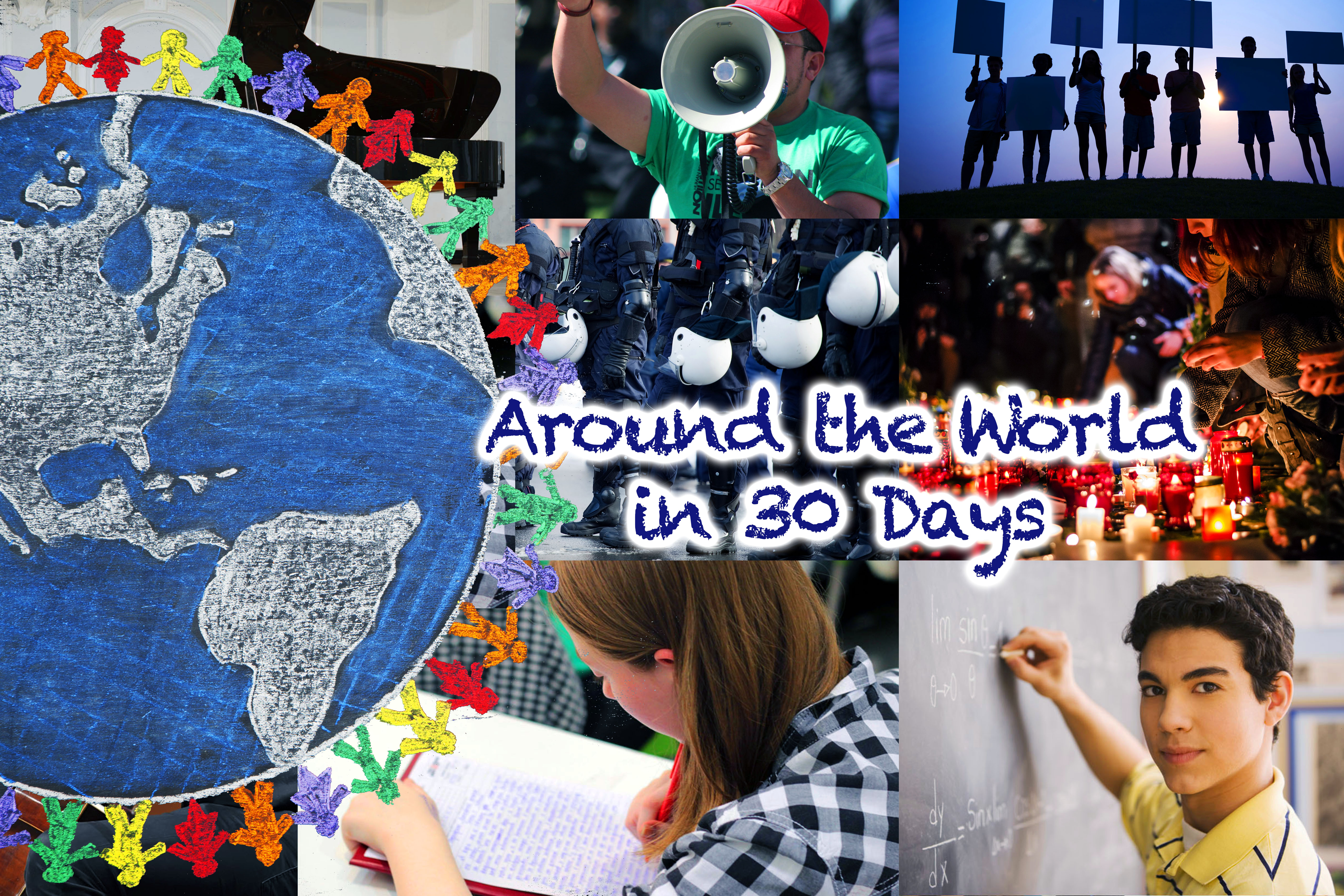
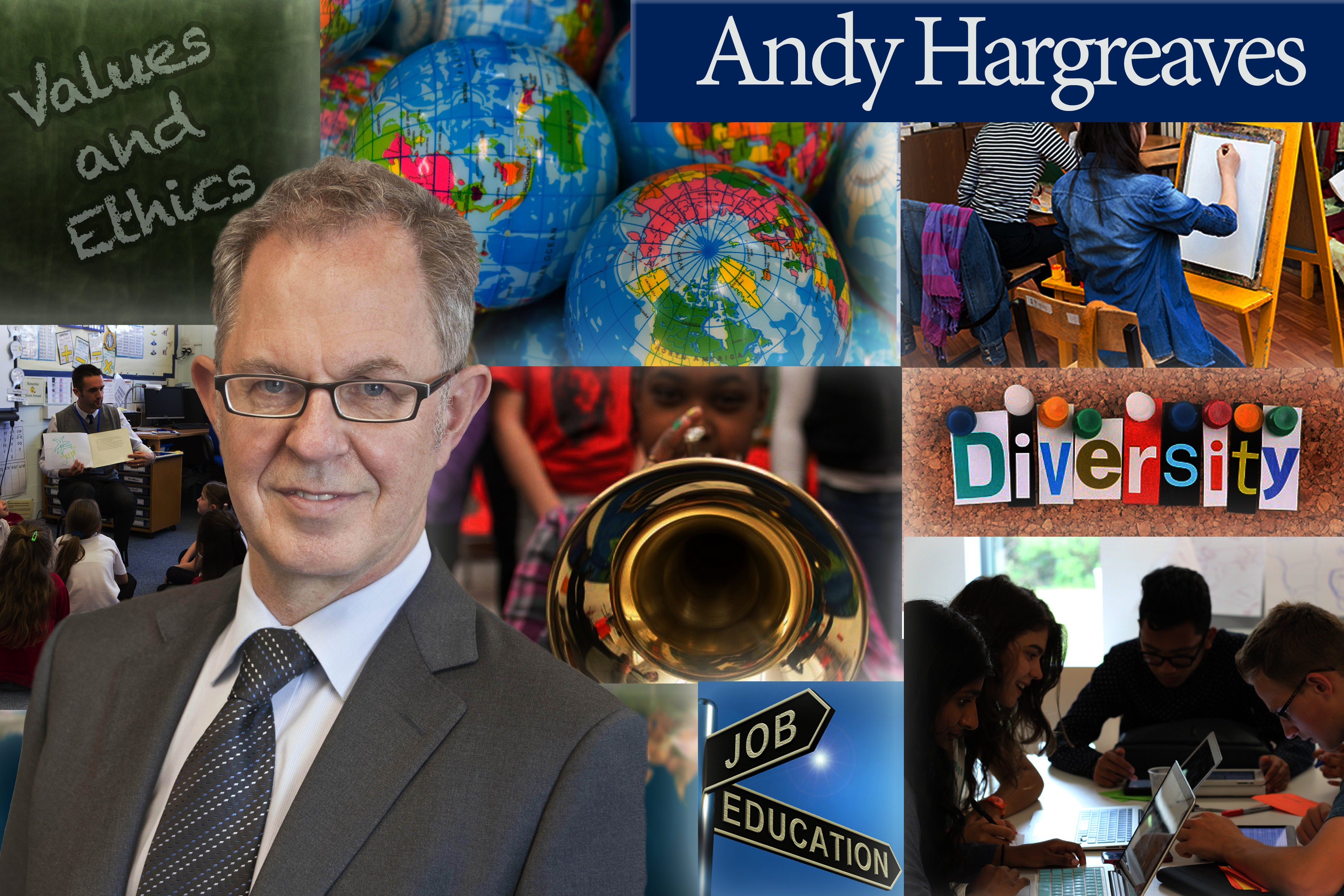


Recent Comments